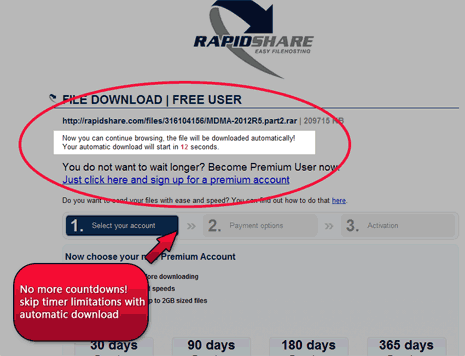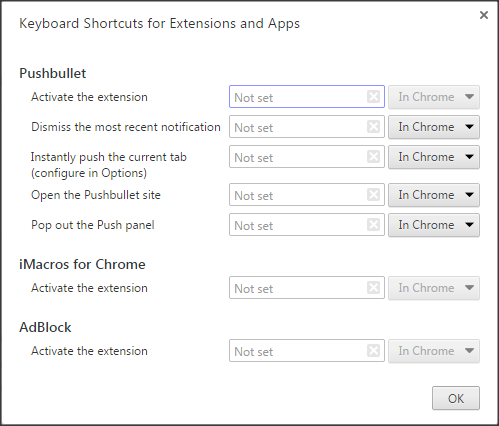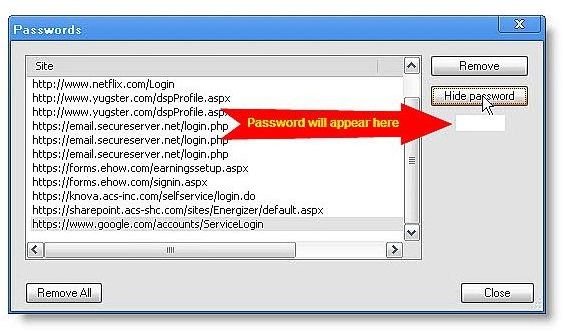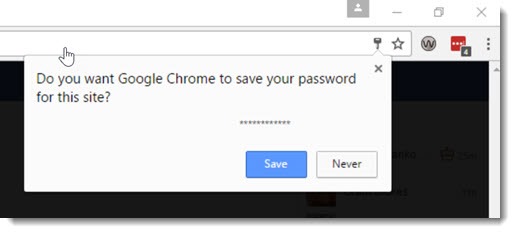

When you’ve arrived safely at your destination, disable Travel Mode and your accounts will return to your devices. Click the Travel Mode toggle to enable it, and any accounts not marked as safe for travel will be removed temporarily from all your devices. Before you travel, log into your 1Password account from a web browser, click your name, then click My Profile. This is useful if you’re facing a potential device inspection while traveling. The user can minimize the window, and continue with something else. Opens a window, which, unlike the previous method, does not appear as a dialog. Do not use showModalDialog, it is going to be removed from Chrome.

Learn when to use Travel Mode: 1Password includes a Travel Mode that removes login information from your devices unless you mark them to do otherwise. Pick and choose: Opens a dialog-like window, in which you can load a page within your chrome extension.In the Mac version, click 1Password > Preferences and select the Security tab here you can choose Touch ID or Set up Apple Watch. In the Windows app, click 1Password > Settings, select Security, and click Allow Windows Hello to Unlock 1Password. Biometric unlock with Windows Hello, Touch ID, or an Apple Watch: If you have a computer that has some sort of biometric login, such as Touch ID on a Mac or Windows Hello on a Windows computer, you can use that to log in to 1Password without typing in your password every time.

Once you set up your Privacy account and integrate it with 1Password, you’ll find autofill options to generate cards any time you’re in a card number field of an online shopping cart. You need to make an account at Privacy first, then through Privacy, click Your name > Account and scroll down to the Integrations section to set up 1Password. You can set up a virtual card so it’s one-time use or has a limited amount of cash on it, like a gift card. Privacy cards are virtual credit cards you can generate for free, and are useful for recurring subscriptions that are potentially difficult to cancel, or when you’re ordering from a web store that feels sketchy. integration: 1Password includes optional support for credit cards.When the background page receives the message it saves the URL to a global variable:Ĭ.

Output += (0, paramIndex) Ĭ(null, function(tab) ) if found, eliminate the parameters in the URL check for the character '?' for any parameters in the URL what I want to do, which doesn't work is to pass the URL from content and append it to the URL that I'm calling in background.Ĭontent.js: (function(request, sender, sendResponse) in content.js, I'm extracting the current tab's URL and in background.js, I'm opening a new tab. I've created a chrome extension that consists of manifest.json, content.js and background.js.


 0 kommentar(er)
0 kommentar(er)
